Indictment found at Westminster on Wednesday next after three weeks of Easter, 28 Hen. VIII. before Sir John Baldwin, &c., by the oaths of Giles Heron, Roger More, Ric. Awnsham, Thos. Byllyngton, Gregory Lovell, Jo. Worsop, Will. Goddard, Will. Blakwall, Jo. Wylford, Will. Berd, Hen. Hubbylthorn, Will. Hunyng, Rob. Walys, John England, Hen. Lodysman, and John Averey; who present that whereas queen Anne has been the wife of Henry VIII. for three years and more, she, despising her marriage, and entertaining malice against the King, and following daily her frail and carnal lust, did falsely and traitorously procure by base conversations and kisses, touchings, gifts, and other infamous incitations, divers of the King's daily and familiar servants to be her adulterers and concubines, so that several of the King's servants yielded to her vile provocations; viz., on 6th Oct. 25 Hen. VIII., at Westminster, and divers days before and after, she procured, by sweet words, kisses, touches, and otherwise, Hen. Noreys, of Westminster, gentle man of the privy chamber, to violate her, by reason whereof he did so at Westminster on the 12th Oct. 25 Hen. VIII.; and they had illicit intercourse at various other times, both before and after, sometimes by his procurement, and sometimes by that of the Queen. Also the Queen, 2 Nov. 27 Hen. VIII. and several times before and after, at Westminster, procured and incited her own natural brother, George Boleyn lord Rocheford, gentleman of the privy chamber, to violate her, alluring him with her tongue in the said George's mouth, and the said George's tongue in hers, and also with kisses, presents, and jewels; whereby he, despising the commands of God, and all human laws, 5 Nov. 27 Hen. VIII., violated and carnally knew the said Queen, his own sister, at Westminster; which he also did on divers other days before and after at the same place, sometimes by his own procurement and sometimes by the Queen's. Also the Queen, 3 Dec. 25 Hen. VIII., and divers days before and after, at Westminster, procured one Will. Bryerton, late of Westminster, gentleman of the privy chamber, to violate her, whereby he did so on 8 Dec. 25 Hen. VIII., at Hampton Court, in the parish of Lytel Hampton, and on several other days before and after, sometimes by his own procurement and sometimes by the Queen's. Also the Queen, 8 May 26 Hen. VIII., and at other times before and since, procured Sir Fras. Weston, of Westminster, gentleman of the privy chamber, &c., whereby he did so on the 20 May, &c. Also the Queen, 12 April 26 Hen. VIII., and divers days before and since, at Westminster, procured Mark Smeton, groom of the privy chamber, to violate her, whereby he did so at Westminster, 26 April 27 Hen. VIII.
blog.nationalarchives.gov.uk/blog/six-wives-archives-trial-anne-boleyn/


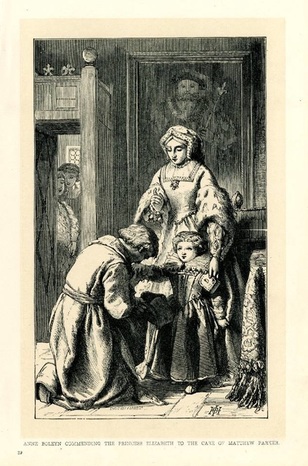
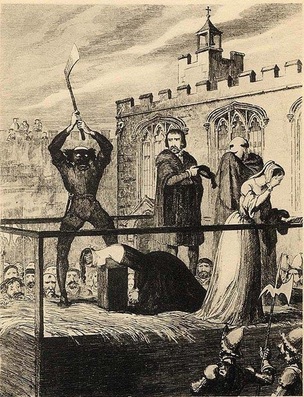
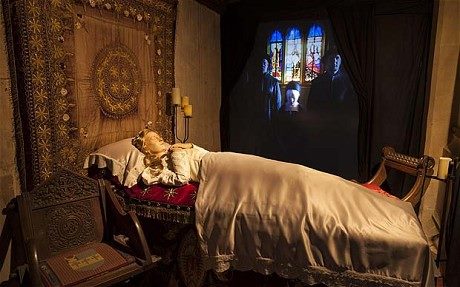
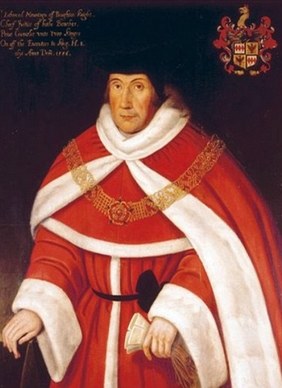
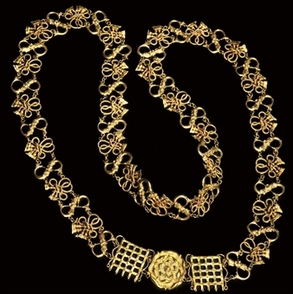
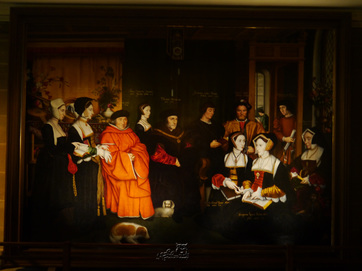
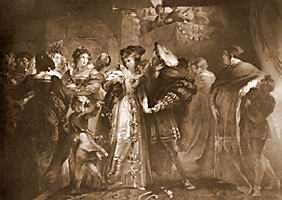
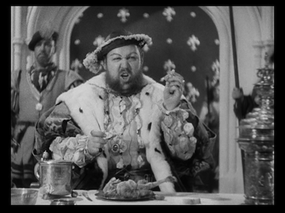
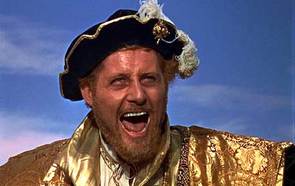
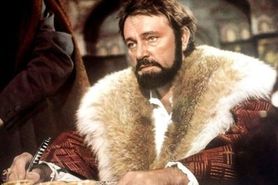
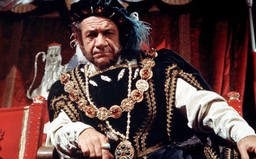
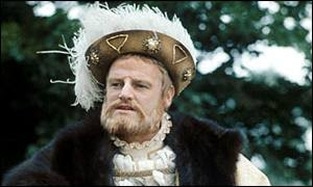

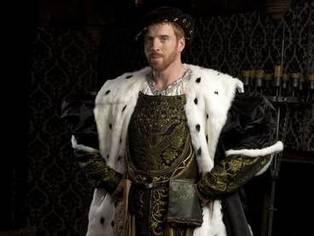
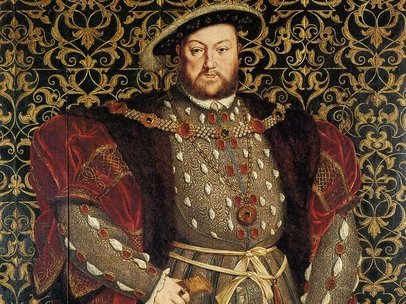
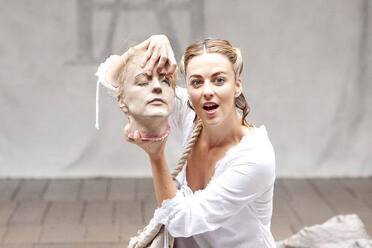
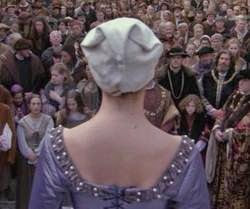
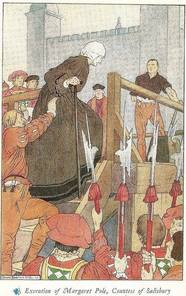
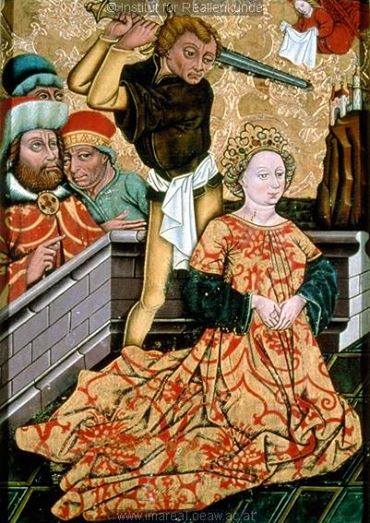

 RSS Feed
RSS Feed
